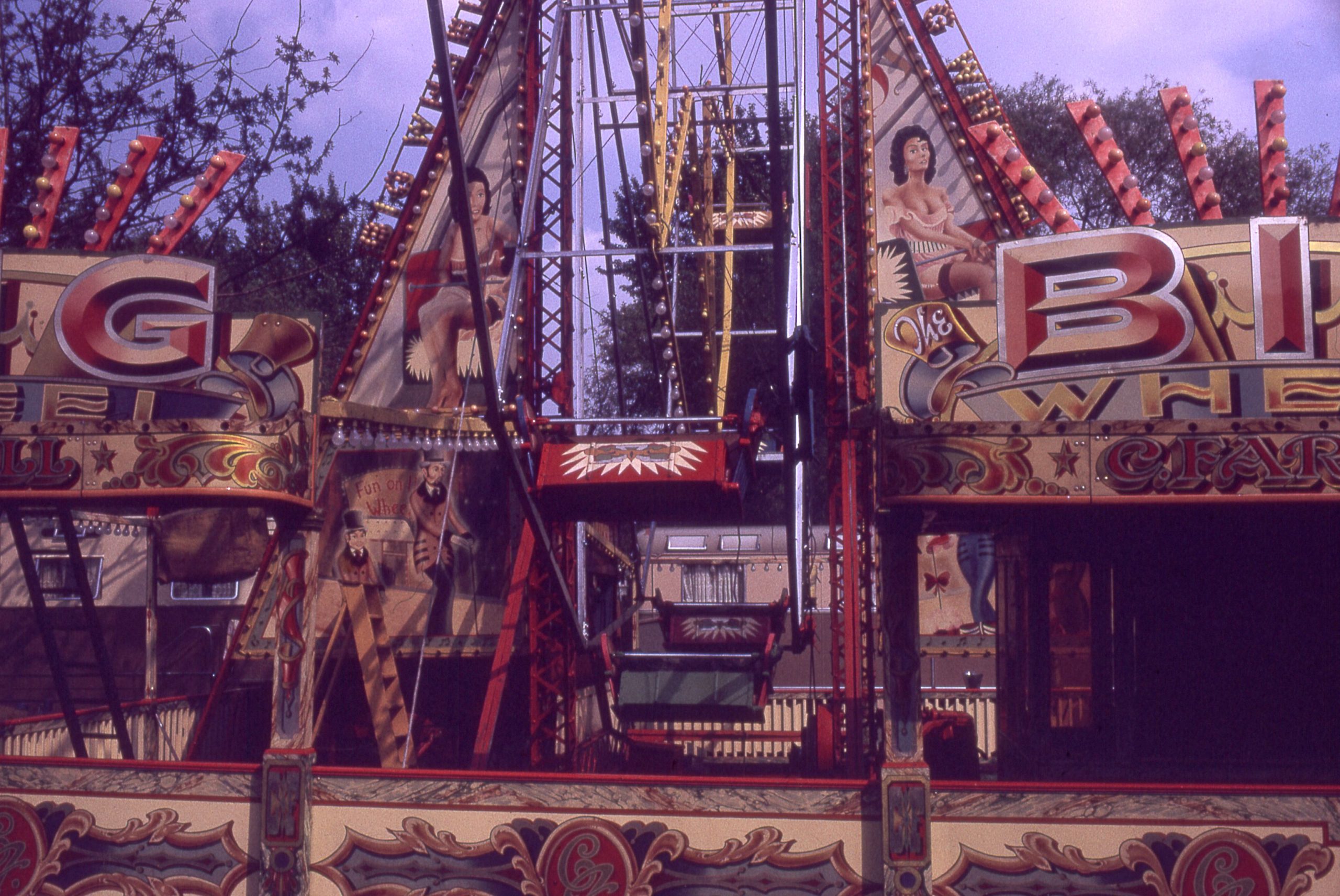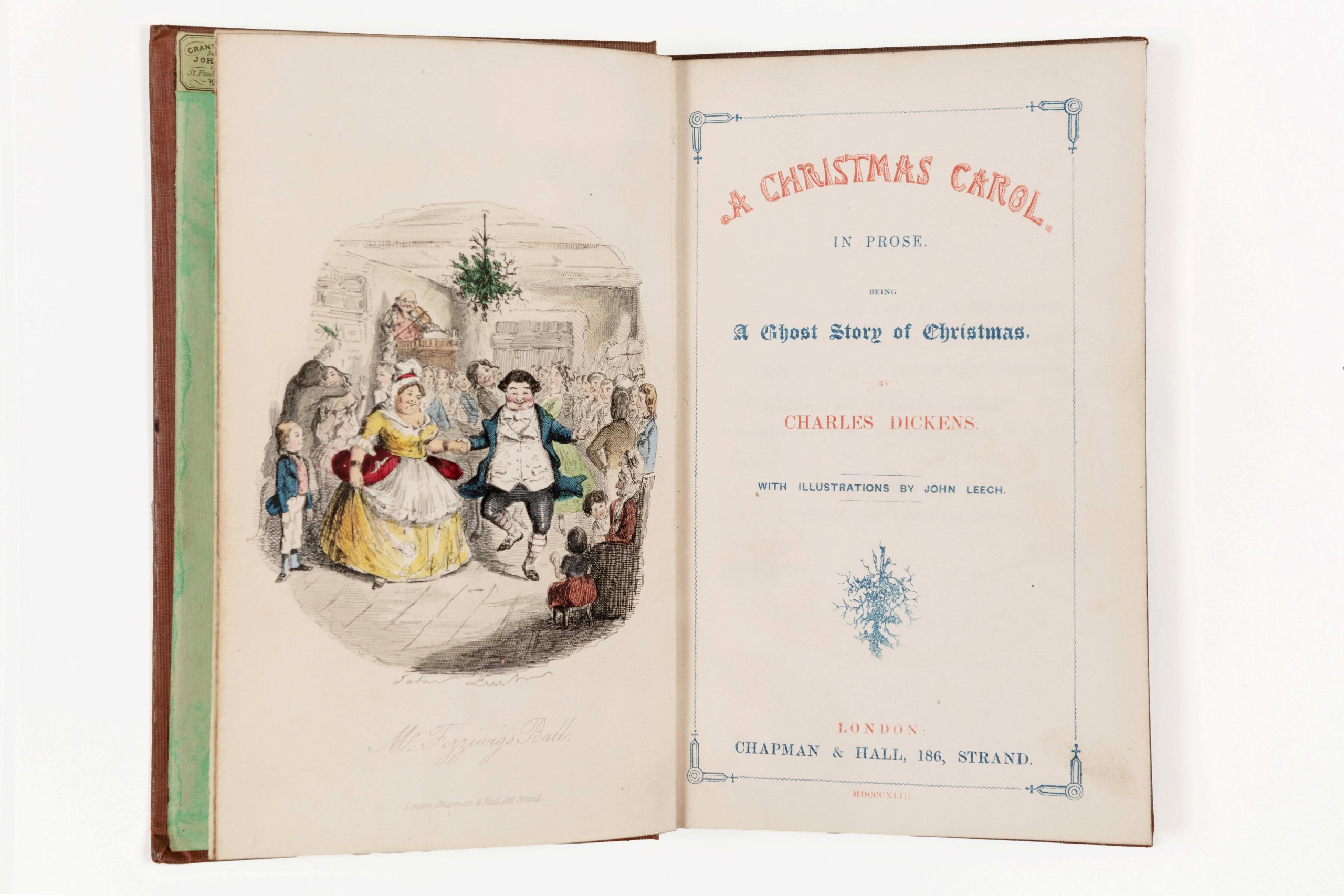For May’s theme of Fun and Games we reached out to the National Fairground and Circus Archive for an insight into their collections.
The National Fairground and Circus Archive (NFCA) is a unique archive dedicated to the preservation of the history of British travelling popular entertainment. This is an area of our culture that has traditionally received very little attention from mainstream historians, creating a gap that showmen and especially enthusiasts have been filling since the advent of photography. The sum of the collections they have created amount to a rich visual documentary recording of the history of the British fairground and the nuances of its contribution to our customs and culture.

In this blog we explore fairground photography in the collection from the perspectives of the pioneer inventors and showmen, enthusiasts and professional photographers responsible for this unique legacy.
The Advent of Photography in the Fair
The Victorian era created the ideal environment for the rise of invention, creativity and technical development. A frenzy of lectures, discussions and demonstration forums emerged for the privileged and educated classes. For the rest of the population, the travelling fairground proved to be the ideal ground for discovery and enlightenment. Through the fairground the population of towns and cities across the country experienced never before seen wonders, cultures and inventions.
Static images soon became projections and eventually moving pictures.
Birt Acres Collection
Birt Acres (1854-1918) was a Victorian photographer, inventor and innovator. He devised a rapid lantern slide changer to project a sequential series of photographs, which created the impression of motion, thus anticipating the invention of moving pictures. These experiments eventually led him to make the first British film ‘Incident in Clovelly Cottage’, in March 1895.
The NFCA holds some of his earliest work including photographs and films such as ‘Arrest of a Pickpocket’.


George Williams Collection
George Williams (1863-1945) was a showman from London, who travelled a sideshow around the British fairgrounds in the mid-1890s. He joined the travelling fair in his teenage years and eventually set up his own business showing all the new technologies of the time.
By 1899 he had become a professional photographer and filmmaker, producing images to suit the public taste including travel, portraiture, topical news, architecture and landscape.

Capturing the Historic Record
Fairground enthusiasts, although rarely credited for their role, are crucial to the generation of evidentiary documentation about popular entertainment, especially on fairground and circus. Their work photographing and recording these events has been vital for the preservation of the history of British popular entertainment.
Among our most important collections are the ones generated by pioneer enthusiasts Jack Leeson and Rowland Scott, who focused on creating detailed records covering the technical, aesthetic and social aspects of the fairs. In 1940 the first enthusiast organisation was formed under the Friendship Circle of Showland Fans (FCSF), which created a forum for enthusiasts to organise and rationalise their practices.

Jack Leeson
Jack Leeson (1917-1995) was an engineer from Long Buckby, Northants, where his lifelong fascination on fairgrounds started. His engineering background enabled him to produce photographic as well as detailed drawings and descriptions of the principles of fairground rides.

Rowland Scott
Rowland Scott (1921-1998) was one of the first people to start recording and preserving the history of fairgrounds. He experienced and recorded the fairground scene through some of the most significant events in modern British history including the Great Depression, the Second World War, the demise of steam power and the advent of pop culture and white-knuckle rides, which changed the fairground landscape forever.

Popular Entertainment Through the Lens
Photography doesn’t just capture historic events, but it is also an artistic medium that has often used popular entertainment for inspiration. Among our best examples are the Dick Scott-Stewart and Bob Chase collections.
Dick Scott-Stewart
Dick Scott-Stewart studied photography at the London College of Printing and worked as a successful freelance photographer throughout his career. His affinity to go against the dominating cultural boundaries drove him to create intimate and emotionally charged images, which challenge the viewers’ perception of those who are different. He used the fairground as a source of inspiration on various occasions and felt attracted to the artwork, bright colours and structure of the machines as well as the people who powered them and their social environment.

Bob Chase
Bob Chase graduated from the Advanced Diploma in Photography course at Westminster University in 1978. As a spectator, Bob experienced the spirit of the fairground impregnating the streets with its enthralling bright lights, smells and sounds. As a critical observer, he became fascinated by the invisible role of the show people, bringing the fair to life behind the scenes for the enjoyment of others. Bob presents portraits of fairground people as a raw vision of a cultural identity, deeply embedded values and a unique lifestyle.

Every one of these individuals has influenced the way we see, understand and study the history of the British fairs and the people within them.
Further information
Collections catalogue: Discover Our Archives https://archives.shef.ac.uk/
Digital Collections https://cdm15847.contentdm.oclc.org/digital/collection/p15847coll3
Bluesky @uoscollections
Facebook https://www.facebook.com/nfcarchive/
Written by Arantza Barrutia, Senior Archivist for the National Fairground and Circus Archive.
Edited by Isabel Lauterjung, Blog Coordinator for Explore Your Archive.



